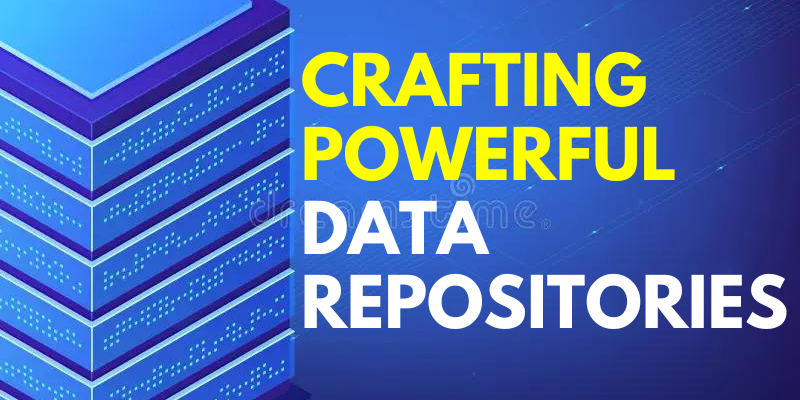
Business organisations are rapidly realising the importance of their data assets in the age of data-driven decision-making. A well-organized and accessible data catalog is a powerful tool that empowers organizations to derive insights, enhance collaboration, and drive innovation. In this blog, we will delve into the key aspects of building effective data catalogs, exploring how they can streamline data management processes and unlock the true potential of data assets.
The Foundation: Understanding Data Catalogs
A data catalogue, such as in the context of Wipro Job Vacancy, acts as a single location where all of an organization’s accessible data sources’ metadata, context, and access details are stored. It acts as a bridge between technical teams, data scientists, analysts, and business users, enabling them to easily discover, understand, and utilize data assets. A well-built data catalog enhances data governance, minimizes redundancy, and improves data quality.
Defining Data Governance and Standards
Before diving into building a data catalog, it’s essential to establish robust data governance practices. This involves defining data ownership, access controls, and data quality standards. Data classification and tagging play a pivotal role in organizing data assets based on sensitivity, relevance, and compliance requirements. By ensuring consistent data governance, the data catalog becomes a trusted resource for all stakeholders.
Cataloging Data Assets
When considering data management within the scope of Infosys Careers, the process of cataloging involves more than just listing data sources. Each entry in the catalog should provide comprehensive metadata, including data lineage, data definitions, and transformation processes. Rich descriptions and contextual information aid users in understanding the purpose and potential applications of each dataset. Additionally, clear categorization based on domains or business units facilitates targeted searches.
User-Friendly Interface and Search Capabilities
An effective data catalog should offer an intuitive user interface that simplifies the discovery process. Users should be able to search for data using keywords, tags, or filters. Implementing a robust search engine that accommodates natural language queries further enhances user experience. Visual aids, such as data lineage diagrams and sample previews, contribute to a comprehensive understanding of the data.
Collaboration and Feedback Mechanisms
Building a data catalog is not a one-time task; it requires continuous maintenance and updates. Introducing collaboration features, such as comments, ratings, and user reviews, fosters engagement and knowledge sharing among users. This collaborative environment encourages data experts to contribute their insights and correct inaccuracies, improving the overall quality of the catalog.
Data Privacy and Security Considerations
In the context of Accenture Careers, as data catalogs provide extensive information about data sources, ensuring data privacy and security is paramount. Implement access controls that align with data governance policies. Sensitive data elements should only be accessible to authorized personnel. Regular security audits and compliance checks help maintain the integrity of the catalog and prevent unauthorized access.
Conclusion
In the data-driven landscape of today’s business world, an effective data catalog acts as a guiding light, leading organizations towards better insights and informed decision-making. By building a comprehensive data catalog that adheres to data governance standards, enables easy discovery, encourages collaboration, and ensures security, organizations can harness the full potential of their data assets. As the importance of data continues to grow, investing in a well-structured data catalog becomes not just an option, but a strategic imperative for success.